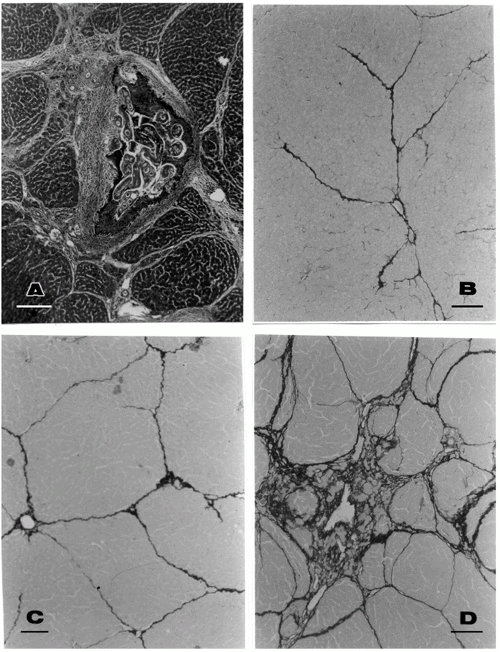Rats infected with the helminth Capillaria hepatica regularly develop septal hepatic fibrosis that may progress to cirrhosis in a relatively short time. Because of such characteristics, this experimental model was selected for testing drugs exhibiting antifibrosis potential, such as pentoxifylline, gadolinium chloride and vitamin A. Hepatic fibrosis was qualitatively and quantitatively evaluated in liver samples obtained by partial hepatectomy and at autopsy. The material was submitted to histological, biochemical and morphometric methods. A statistically significant reduction of fibrosis was obtained with pentoxifylline when administered intraperitoneally rather than intravenously. Gadolinium chloride showed moderate activity when administered prophylactically (before fibrosis had started), but showed a poor effect when fibrosis was well advanced. No modification of fibrosis was seen after vitamin A administration. Hydroxyproline content was correlated with morphometric measurements. The model appears to be adequate, since few animals die of the infection, fibrosis develops regularly in all animals, and the effects of different antifibrotic drugs and administration protocols can be easily detected.
Capillaria hepatica; hepatic fibrosis; septal fibrosis; antifibrotic drugs


